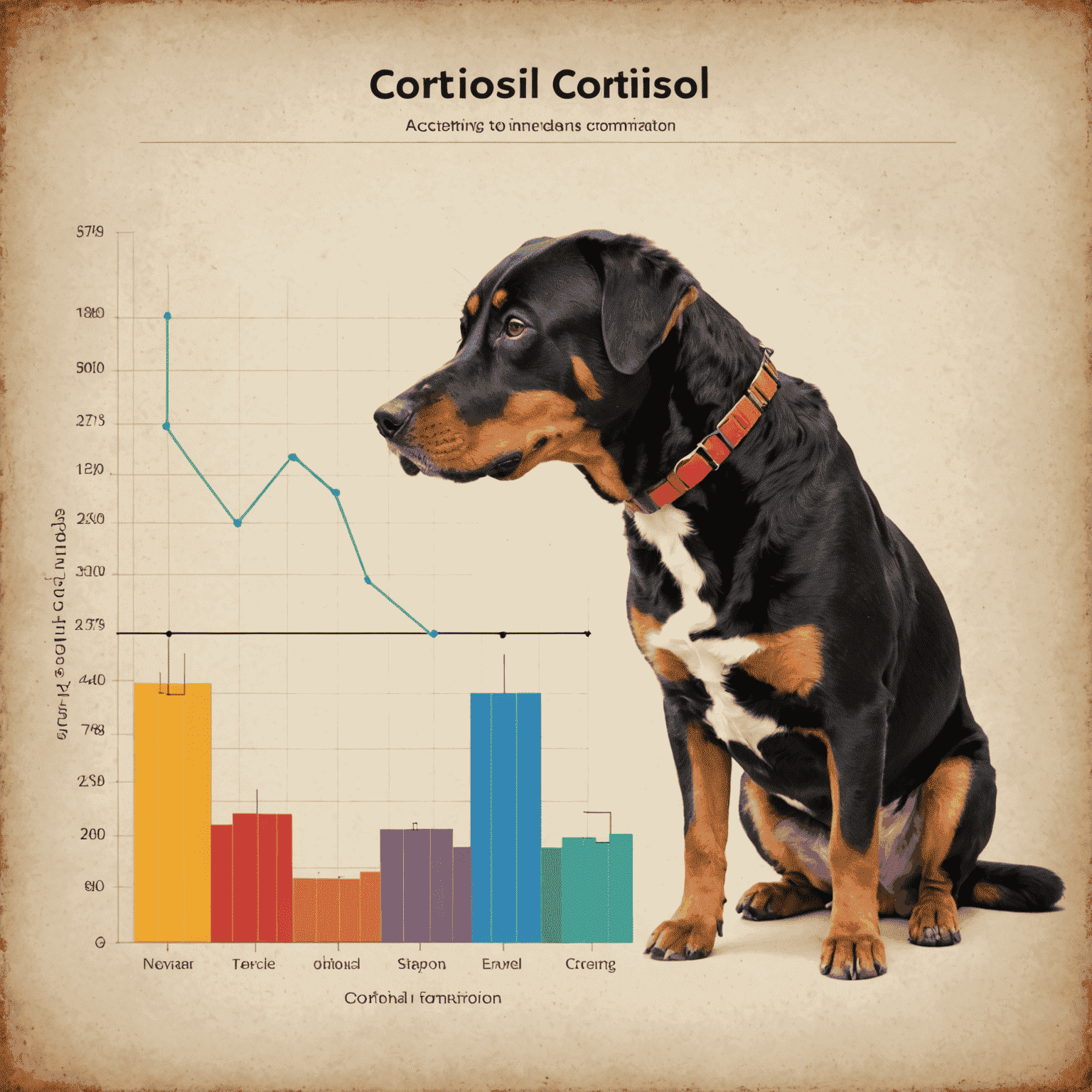The Science Behind Human-Animal Bonding

Recent scientific research has unveiled fascinating insights into how our interactions with animals profoundly impact our brain chemistry and emotional well-being. This growing field of study is shedding light on the powerful bond between humans and their animal companions.
The Oxytocin Connection
One of the key findings in human-animal bonding research is the role of oxytocin, often referred to as the "love hormone." Studies have shown that when we interact with animals, particularly through petting or cuddling, our brains release oxytocin. This hormone is associated with feelings of trust, relaxation, and psychological stability.
"The release of oxytocin during human-animal interactions helps explain why many people feel an immediate sense of calm and comfort when in the presence of a friendly animal."
Stress Reduction and Cortisol Levels
Interacting with animals has been shown to lower cortisol levels, the hormone associated with stress. This reduction in stress hormones can lead to improved mood, decreased anxiety, and even lower blood pressure. The simple act of petting a dog or cat can have measurable physiological effects that contribute to emotional wellness.

Emotional Support and Mental Health
The emotional support provided by animals goes beyond just feeling good. Research indicates that animal companionship can have significant benefits for individuals dealing with mental health challenges such as depression, anxiety, and PTSD. The unconditional love and non-judgmental nature of animals create a safe space for emotional expression and healing.
Social Catalysts
Animals also serve as social catalysts, helping to facilitate human-to-human interactions. Dog owners, for example, are more likely to engage in conversations with strangers during walks, fostering a sense of community and reducing feelings of isolation.
The Neurochemistry of Empathy
Caring for animals has been linked to increased activity in brain regions associated with empathy and compassion. This neurological impact suggests that our relationships with animals can enhance our capacity for emotional understanding and connection with others, both human and animal alike.

Conclusion
The science behind human-animal bonding reveals a complex and beautiful interplay of neurochemistry, psychology, and physiology. As we continue to explore this field, we gain a deeper appreciation for the profound impact that animals have on our emotional and mental well-being. The bond we share with our animal companions is not just a source of joy; it's a powerful contributor to our overall health and happiness.